- Joined
- 21 January 2015
- Messages
- 12,042
- Reaction score
- 16,091

Good observation, I didn't know that because being navy ships I thought they would be used only over the sea.The big problem was the design maximum altitude, only 6500ft. You cannot fly from the East Coast to the West Coast if you cannot exceed 6500ft.
They really needed some German hi-flyer DNA from the bomber Zeppelins, to give the Akron/Macon a 10-15kft maximum altitude.

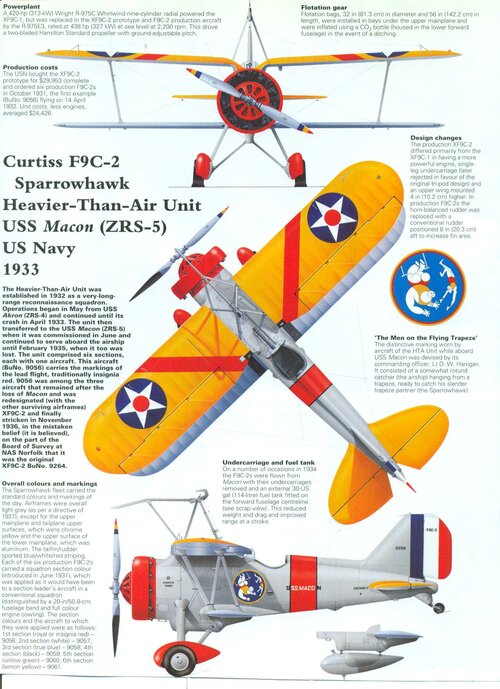
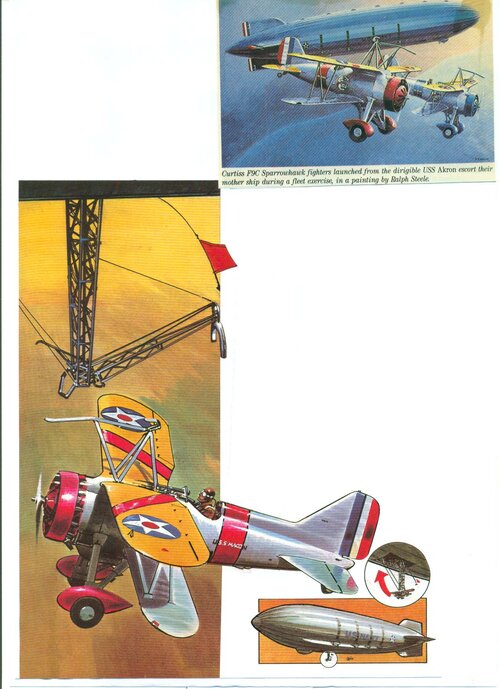
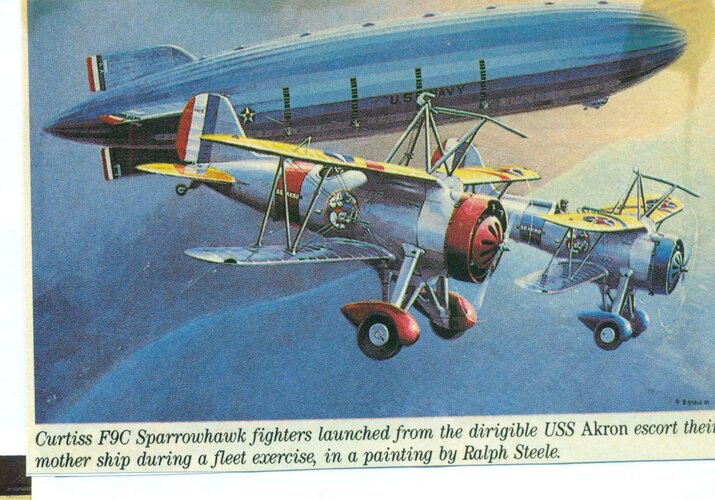
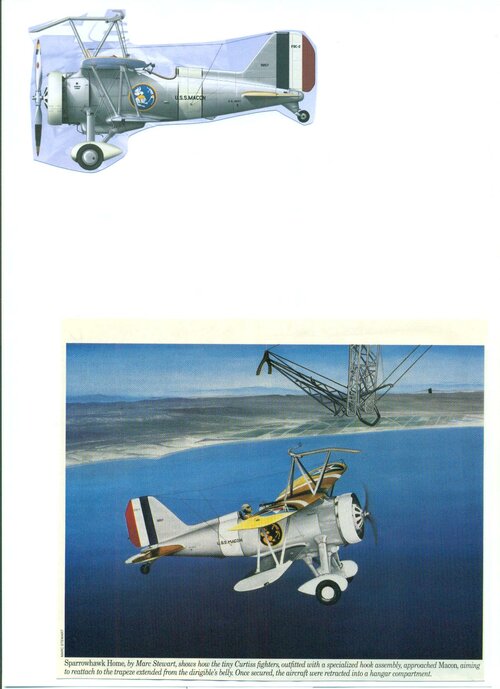
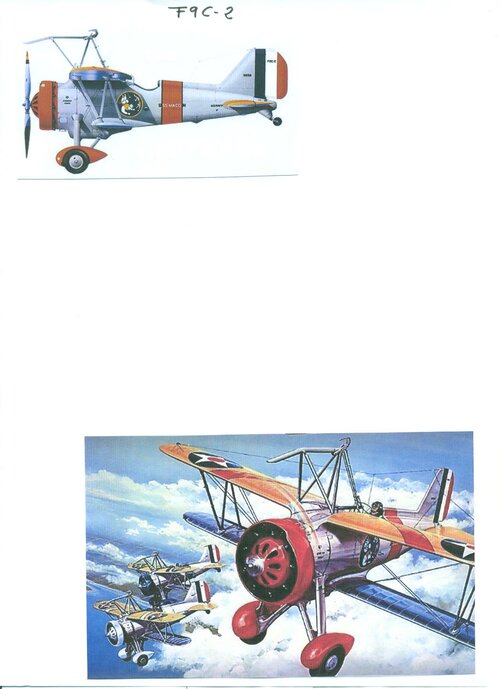
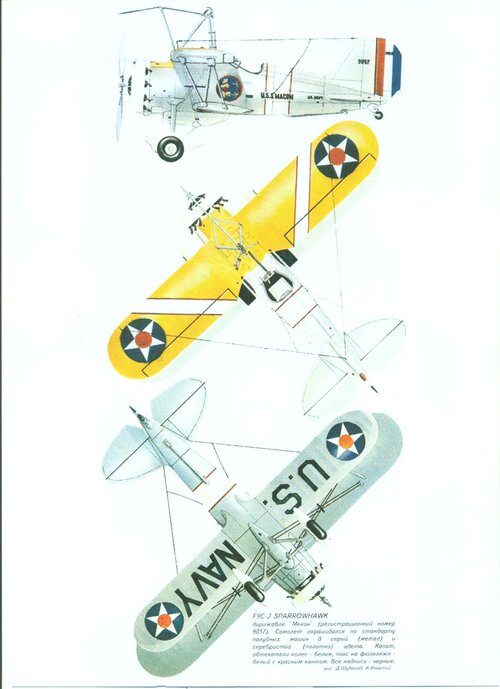
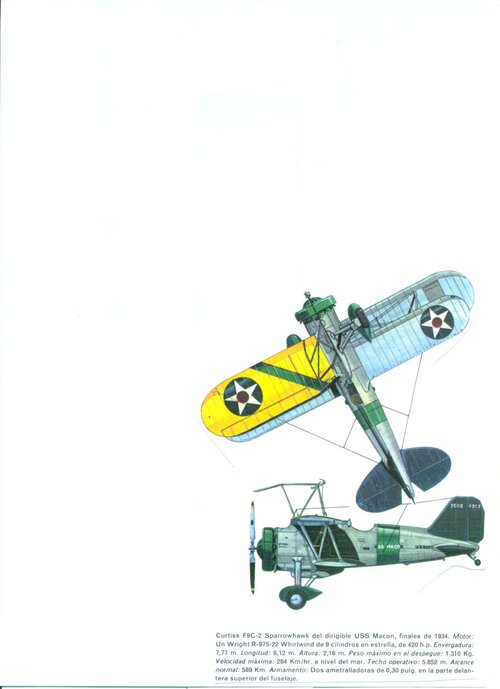

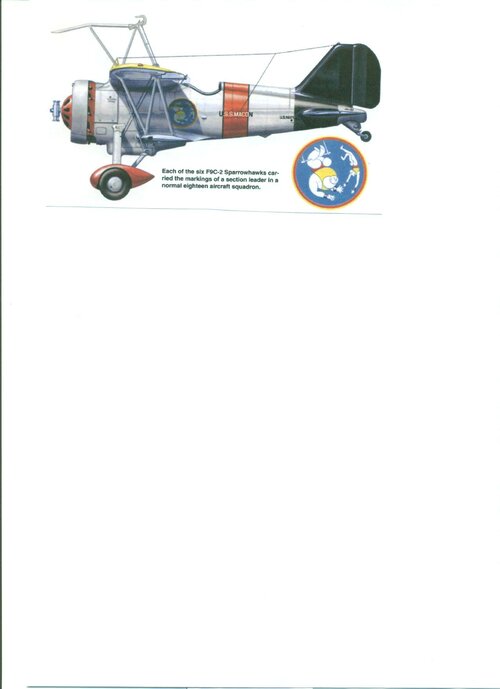
USS Akron was lost in a storm off New Jersey, USS Macon was lost in a storm off the coast of California, and the US lost another airship in Arizona during a storm.Good observation, I didn't know that because being navy ships I thought they would be used only over the sea.
In fairness, ships can't do that either. You can get over the Isthmus of Panama with a 6,500 foot maximum altitude.The big problem was the design maximum altitude, only 6500ft. You cannot fly from the East Coast to the West Coast if you cannot exceed 6500ft.
They really needed some German hi-flyer DNA from the bomber Zeppelins, to give the Akron/Macon a 10-15kft maximum altitude.
Sure, which requires flying through how many other countries' airspace?You can get over the Isthmus of Panama with a 6,500 foot maximum altitude.
When the Canal Zone was under US control, and routing through the Caribbean straits (as a surface ship would), zero. Especially as territorial waters were only three miles in those days.Sure, which requires flying through how many other countries' airspace?
While 10kft might even get you through the northern Rockies, sneaking through the passes.
Also, what's the visual horizon distance from 10,000ft? almost 200km (not counting extra distance for "hull down over the horizon")? The airships were Fleet Scouts, extra altitude would help them do their job better.
I still want enough pressure altitude to fly from Moffet Field to Lakehurst over the Rockies... *grumble*When the Canal Zone was under US control, and routing through the Caribbean straits (as a surface ship would), zero. Especially as territorial waters were only three miles in those days.
Not saying more altitude wouldn't be useful for all sorts of reasons... but from the point of view of the late 1920s US Navy, they're a ship that can do 80 knots with a masthead 2,800 feet up. Which is already pretty damn impressive compared to an OMAHA class scout.
Edit: the pressure altitude of the class was just 2,800 feet. Pretty lousy for an aircraft. But still remarkable if handled like a ship.
This would require making airships much lighter and fragile; not a good idea for the ocean scouts.They really needed some German hi-flyer DNA from the bomber Zeppelins, to give the Akron/Macon a 10-15kft maximum altitude.
